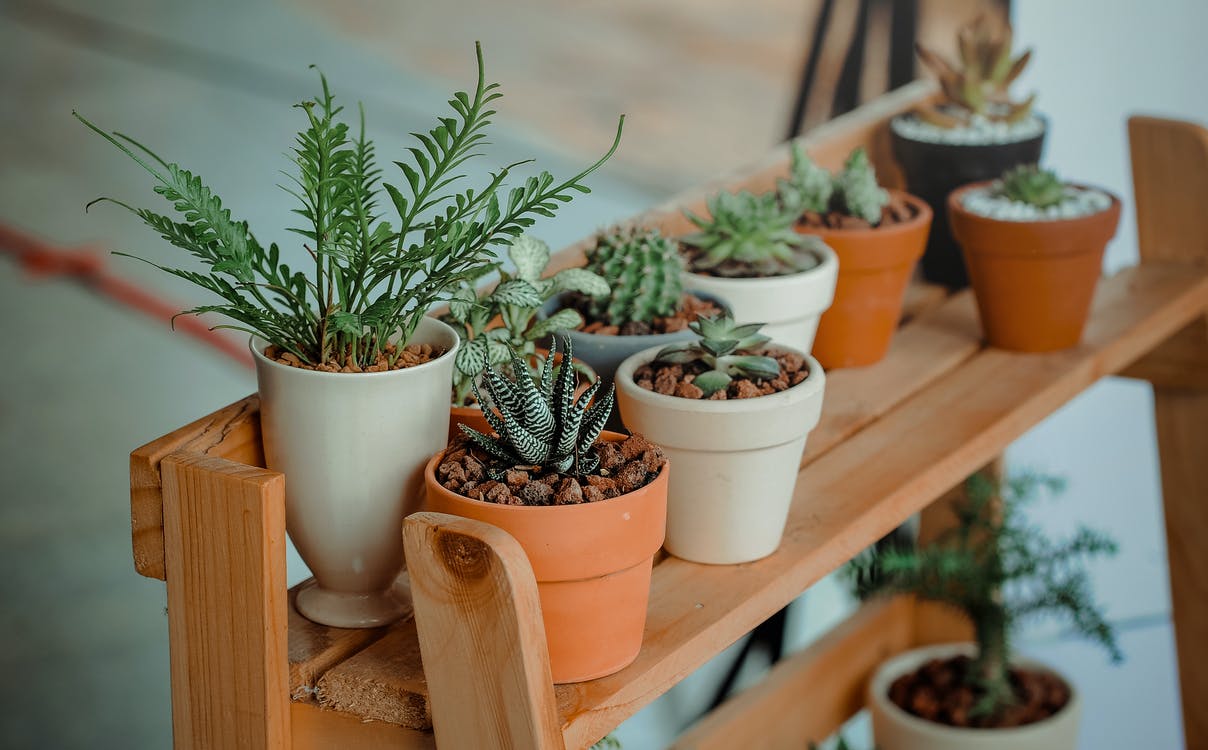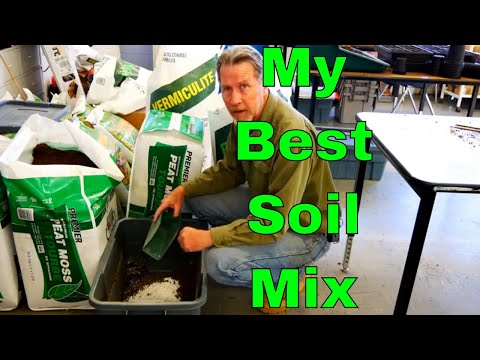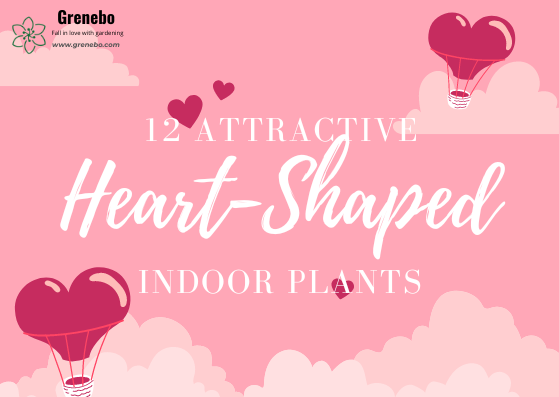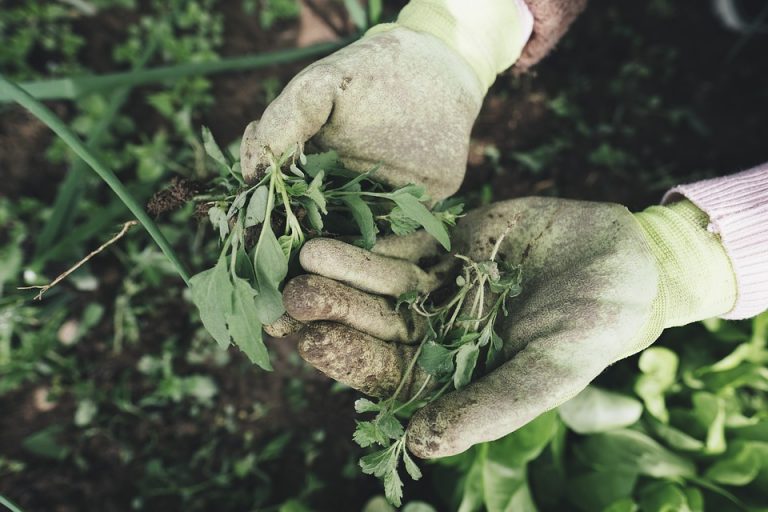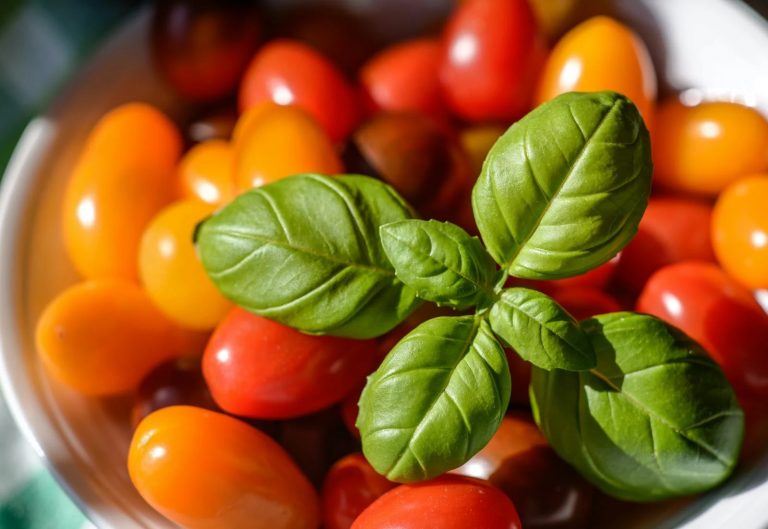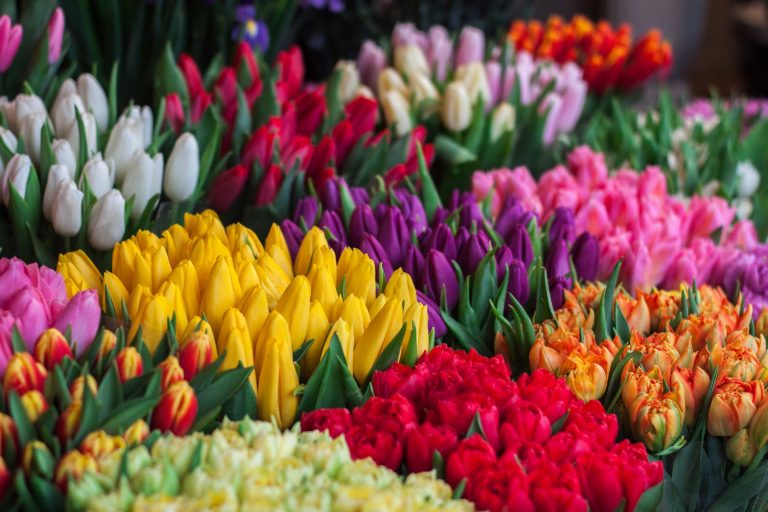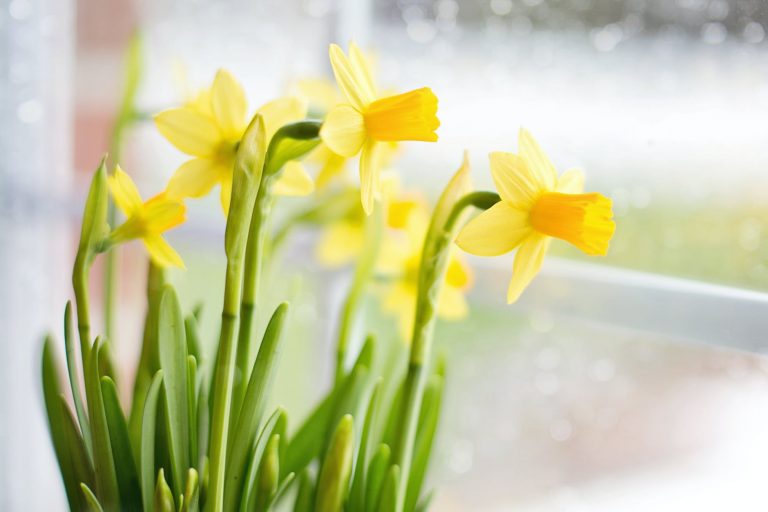Does Potting Soil Go Bad? 10 Tips You Should Know
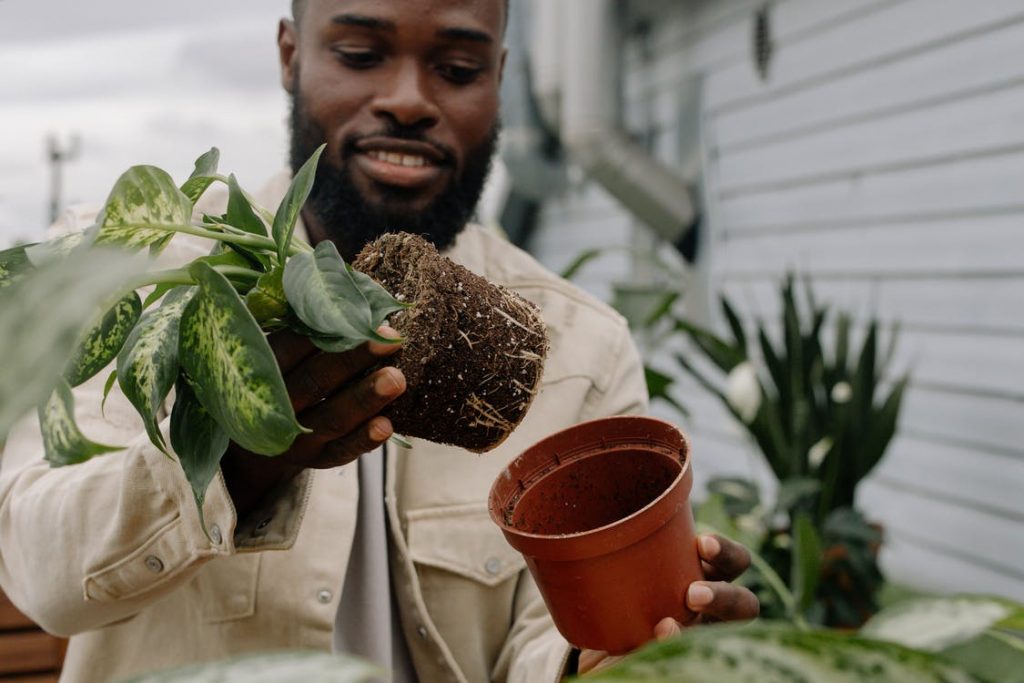
Have you been wondering how to use different soil in gardening? Why do some people still use the same soil for all their plants even though there are many other types of soil?
One of the reasons why some gardeners prefer to use the same soil for all their plants is because of convenience. It is easier to buy one type of soil in bulk and use it for all your plants than it is to keep buying different soils every time you need new plants for your garden. The other reason why people decide to use the same soil for all their plants is that they think that all different kinds of soil have the same effect on their plants but this is not true. Different types of soils have different benefits and effects on your plants. One type of soil may be great for growing carrots while another may be better for growing tomatoes.
The importance and benefits of using different soils depend upon the type of plant you are growing. When you are growing vegetables and herbs, you must take into consideration the benefits that each type of soil can offer your plants. Soil dictates the overall circulation of nutrients for the plants to grow. The plants need to have a good foundation for the roots to thrive well.
In this post, we’ll try to address all of your concerns about what constitutes good soil and what constitutes bad/old potting soil in detail.
1.What Are the Most Common Types of Soil and Their Uses?
There are several types of soil that you might use in your garden. Each type of soil is good for different uses. Some soils are best for planting vegetables and other plants while others are better suited for flowers. There are many different types of soil, but the most common type used in gardens is topsoil, garden soil, and potting soil.
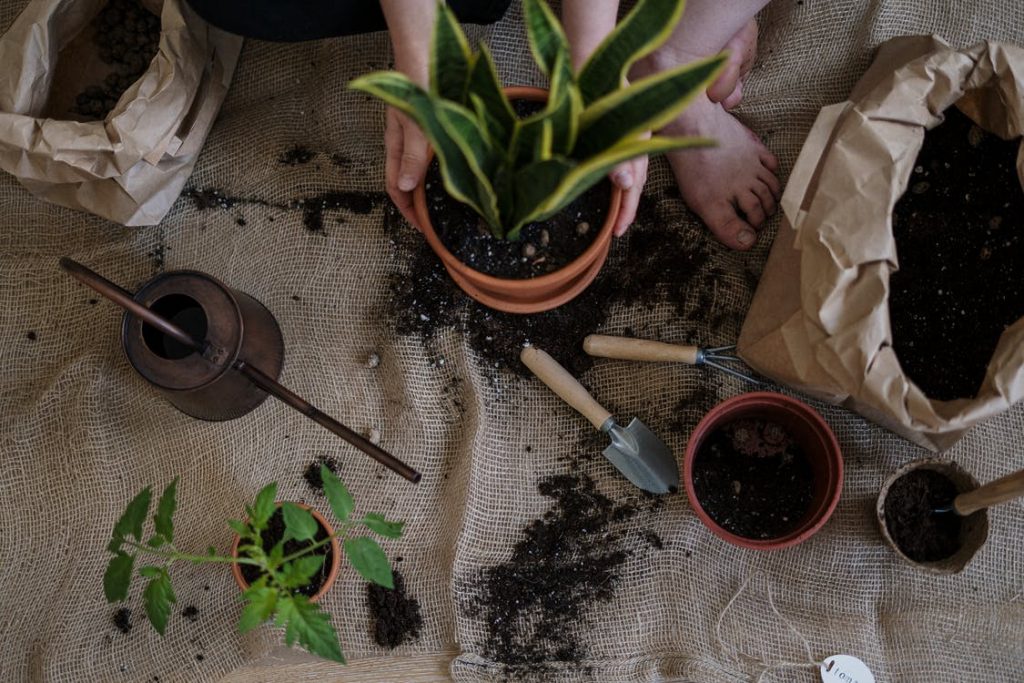
Top Soil – Top soil is the upper, organic layer of soil, usually found within the top 6″ of soil. It is made up of decaying plant matter and decayed organic materials. It is comprised of humus and peat which helps to retain moisture and nutrients while providing a habitat for beneficial microbes and microorganisms. In addition to those components, top soil also has many essential nutrients that are essential for plant growth including nitrogen, potassium, and phosphorus.
Uses: Topsoil can be used as mulch or food for plants. It also serves as a source of nutrients for plants and can prevent erosion due to rain or wind. It helps hold water in the ground so plants don’t dry out quickly, making it easier for them to grow. It can also be used as a protective covering for seedlings or newly planted trees to prevent them from drying out until they are established and growing on their own. Topsoil can also be used as a decorative landscaping mixture in flower beds or around trees.
Garden Soil – Garden soil is usually a mix of compost, peat moss, and sand. While it looks like dirt, it’s not dirt because, well, it doesn’t contain dirt. Dirt contains clay, rocks, and other solid particles that make it hard for plants to grow in it. Garden soil is also different from potting soil because it has a high content of organic material and nutrients that help stimulate plant growth. However, dogs can eat garden soil in small amounts.
Uses: Garden soil is generally used to fill flower beds or raised beds and mix with existing soil to create an organic fertilizer for plants. Because garden soil is so nutrient-rich, the addition of garden soil helps improve the existing nutrient content of the dirt already in your yard. Adding garden soil to your flower beds or raised beds can help you provide the nutrients your plants need to thrive. If you have clay or rocky soil in your yard, adding garden soil will improve drainage so that your plants don’t get waterlogged after a rainstorm.
2.What is Potting Soil?
If you are a gardener, chances are you have heard of potting soil. But what is it? Potting soil has some unique characteristics that make it ideal for growing plants in pots or planters, and different from the dirt in your garden.
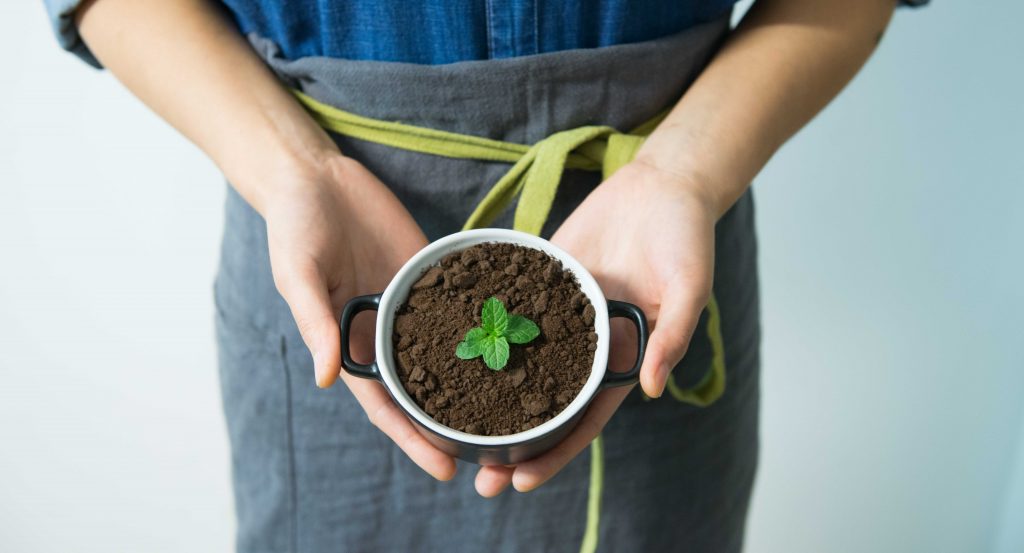
Potting soil is made up of several ingredients, including sphagnum peat moss and perlite. Peat moss retains moisture, while perlite allows drainage so that plants do not become waterlogged. Some potting soils also contain vermiculite, another ingredient that helps retain moisture. Potting soil may also contain fertilizer and other organic materials such as composted leaves and bark.
Since potting soils are tailored to meet the needs of plants grown indoors or outdoors in containers, they usually do not contain any actual garden soil. A good potting soil should be light enough to allow for adequate drainage but also retain some moisture for the roots of plants growing in containers where water evaporates quickly.
Uses: Potting soil is the perfect fit for containers. Potting soil is not the same as garden soil. Garden soil might be too heavy for containers and if it does not drain well, water will collect in the bottom of the container causing root rot.
Potting soil is an ideal choice for container gardening because it is formulated to hold containers without clogging the reservoir!
3.Potting Soil Components
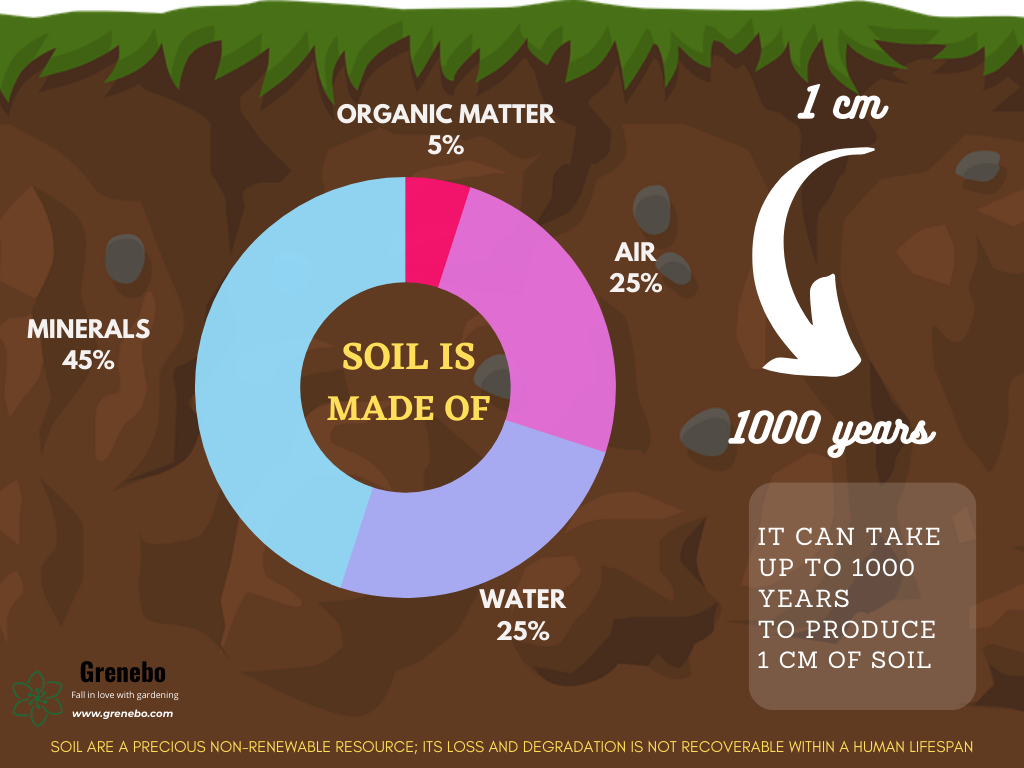
Compost
Compost is a mixture of decaying organic matter such as leaves, wood chips, and food scraps. It’s rich in nitrogen, phosphorous, and potassium — the same nutrients found in commercial fertilizers — as well as other minerals that help plants grow. Compost can improve any type of soil by adding nutrients and improving drainage. Most potting soils include some compost in their mixes.
Peat Moss
Peat moss is another organic material used in potting mixes to improve aeration, drainage, and water retention. Peat moss is extracted from bogs or fens where it forms over thousands of years from decaying plants such as sphagnum mosses and sedges. Peat moss can absorb up to 20 times its weight in water, making it an important ingredient in potting soils for plants
Perlite
Perlite is a lightweight, volcanic rock that’s been super-heated until it puffs up like popcorn. It looks like Styrofoam, but it’s actually made of silicate minerals. The tiny pores that make perlite so light also hold water and plant fertilizer. This makes perlite a good choice for adding to heavy garden soil or clay pots that don’t drain well enough on their own.
Vermiculite
This is another type of mineral that puffs up when heated, but it’s much less lightweight than perlite. Like perlite, it holds moisture and nutrients for the benefit of plants. Vermiculite is often added to potting soil because its particles are larger than those of perlite, so they don’t fall through fine screens as easily.
4.How Long Does Bagged Potting Mix Soil Last, and Does Potting Soil Go Bad Over Time?
The age of your bagged potting mix soil can have an impact on its performance when used for planting. Potting soil can go bad over time if it’s exposed to air, moisture, and heat.
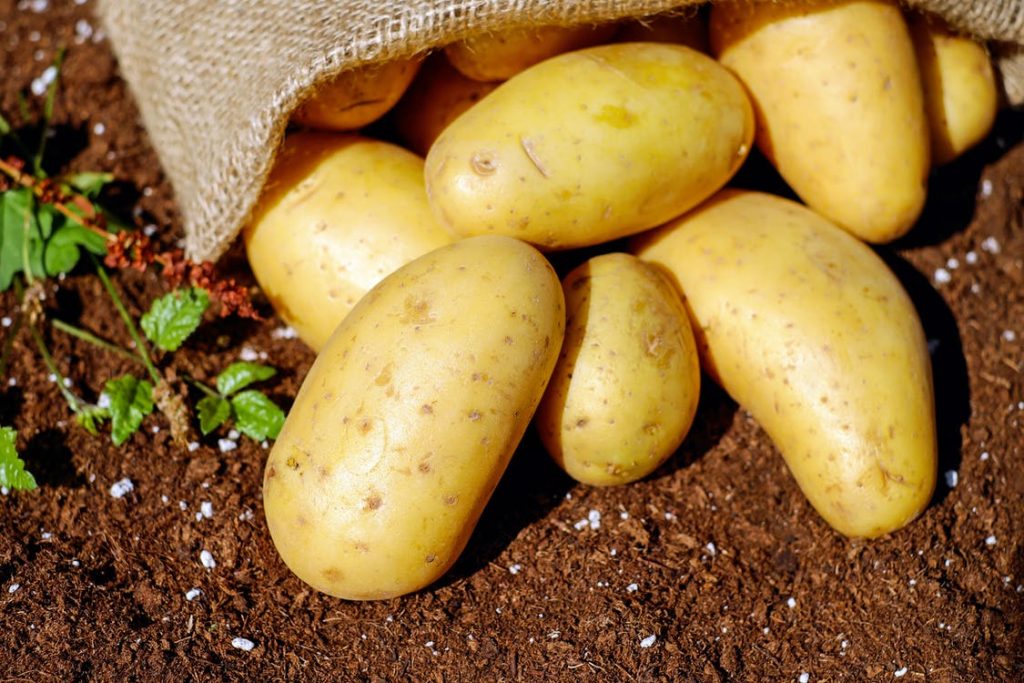
If you have unopened bags of potting soil, they can last for years. However, once you open the bag, it’s a different story.
Once the bag is opened, oxygen and moisture can get in and cause the potting soil to start breaking down.
The potting mix will start to dry out and decompose. This is especially true if a bag of potting soil is stored in a hot dry location.
If you have an unopened bag of potting soil that has been sitting around for several years, chances are it has lost some of its fertility. It might be less effective than when it was first purchased.
It’s always better to use fresh potting soil to ensure that your plants get the nutrition they need and that your container plants don’t dry out too fast.
5.The Bagged Potting Soil Stack in the Garden Center Has Been Sitting Out For Months. Is This Potting Soil Bad?
The good news is that potting soil doesn’t go bad very quickly. If it’s left in the bag, properly sealed, and not exposed to moisture, it’ll last for years. If you’ve opened the bag, transfer what you don’t use into an airtight container to keep it from drying out.
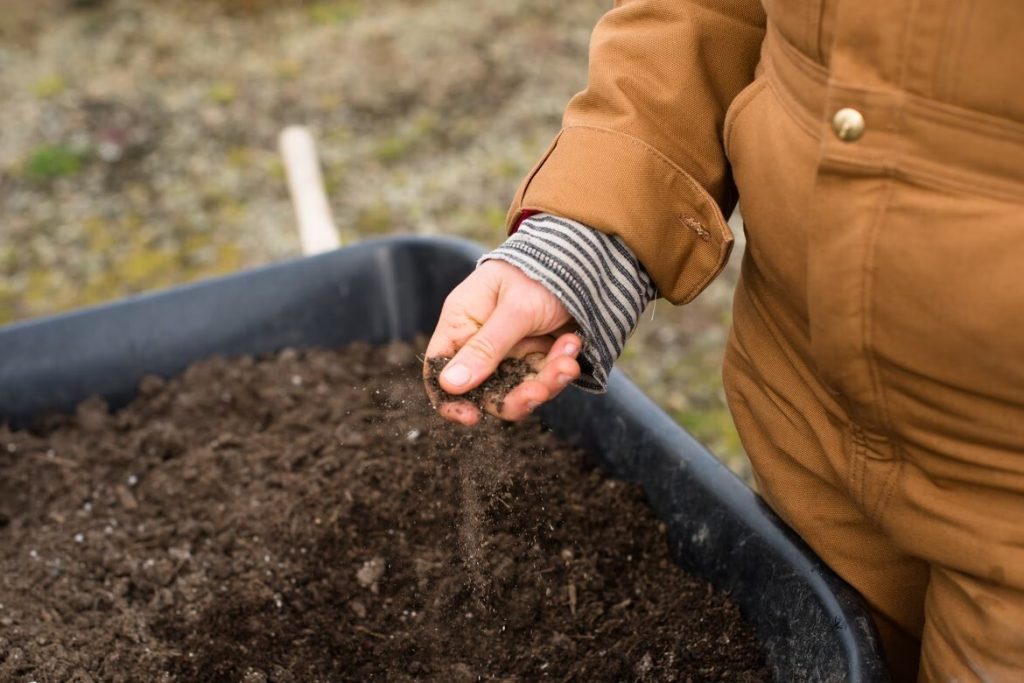
However, there will always be some loss of fertility with time. The loss of microorganisms through time also accelerates its decline.
The main issue with unused potting mix is that it can dry out and shrink or settle in the bag over time. This can make it hard to open the bag and make measuring out just the right amount of soil difficult. It also means that when you do get around to using it, there may not be enough soil in the bag to fill your planter. If you’re repotting something, this could mean your plant ends up planted too deeply.
Because of this shrinkage, we recommend storing opened bags of potting soil on a pallet or some other surface that allows air to circulate underneath.
It is also possible for the potting mix to become hard like concrete at the bottom of the bag if it has been left on a pallet in the rain. But that is not how they are usually sold. Most bags are shrink-wrapped and then covered by a plastic tarp to protect them from the elements while they are in store.
6.Decomposing Potting Mix Is Not Quite Good
The process of decomposition is one that is natural and beneficial to the environment. Without it, our planet would be a mess of dead things all over the place. Yet, while this process helps out with the natural cycle of life, it is not always beneficial for your potting mix, especially if you are just starting out.
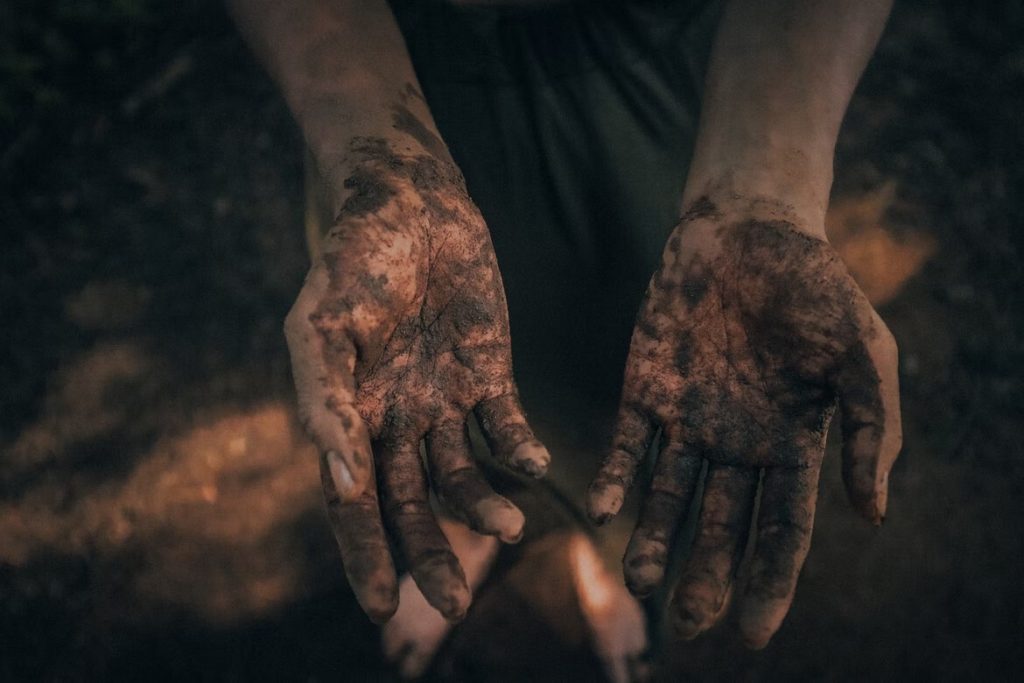
Peat moss is excellent at retaining moisture and includes a variety of nutrients essential for plant growth. If an open bag of peat moss-based soil has been sitting in a bag in your shed for a few months to a year and has been wet, the peat moss has most certainly decomposed.
When potting soil decomposes, it can cause some problems for your plants:
- The potting soil shrinks as it dries out. The dirt appears to be settling since there is less of it, but the peat moss is decomposing. As a result, the peat and soil particles pack around the roots of the plant, depriving them of oxygen. Roots need to be able to breathe. A plant with an aerated root zone is in good health. A plant with roots and are unable to breathe is said to be dead.
- Potting soil somehow doesn’t drain well. Water drainage through the soil and out of the pot becomes more difficult as the soil particles become smaller and pack closer together. That means the soil will retain water for an excessive amount of time, drowning your plant’s roots. . A healthy plant is one that has well-drained soil. A plant that has damp soil all of the time is dying.
- Salts accumulate. Salts from fertilizer can build up in the soil due to poor drainage. The plant will be stressed, and the roots may be burned.
All of this can occur in the course of a single growing season. So it’s no surprise that a plant that was beautiful and green one summer has become wilted the following year.
7.What Causes Potting Mix to Decompose and How To Avoid It?
Potting mixes can decompose for several reasons. Some are caused by environmental factors such as improper storage or temperature fluctuations that can cause the mix to break down and become overly acidic. Others are caused by biological factors such as the growth of mold and fungi that thrive in moist environments like cool, dark storage areas. However they decompose, these changes can be detrimental to seed germination and plant health because they can cause poor drainage, reduced aeration, excess moisture, and nutrient loss from decomposition.
8.How to avoid potting mix from decomposing by storing it properly:
Storing potting mix properly can help it last longer and maintain its maximum quality. When you’re storing potting mix, you should keep it in a dark, well-ventilated place with a consistent temperature of around 50 degrees Fahrenheit. If there’s moisture in the air, you should store the potting mix in a sealed container to prevent it from absorbing too much water.
Tight containers with a good seal are best for potting mix storage. Shallow tubs work well, but any covered container will do. You can also use cinder blocks or wooden crates to stack smaller tubs inside larger ones. This creates more air space around the potting mix, which helps it retain moisture.
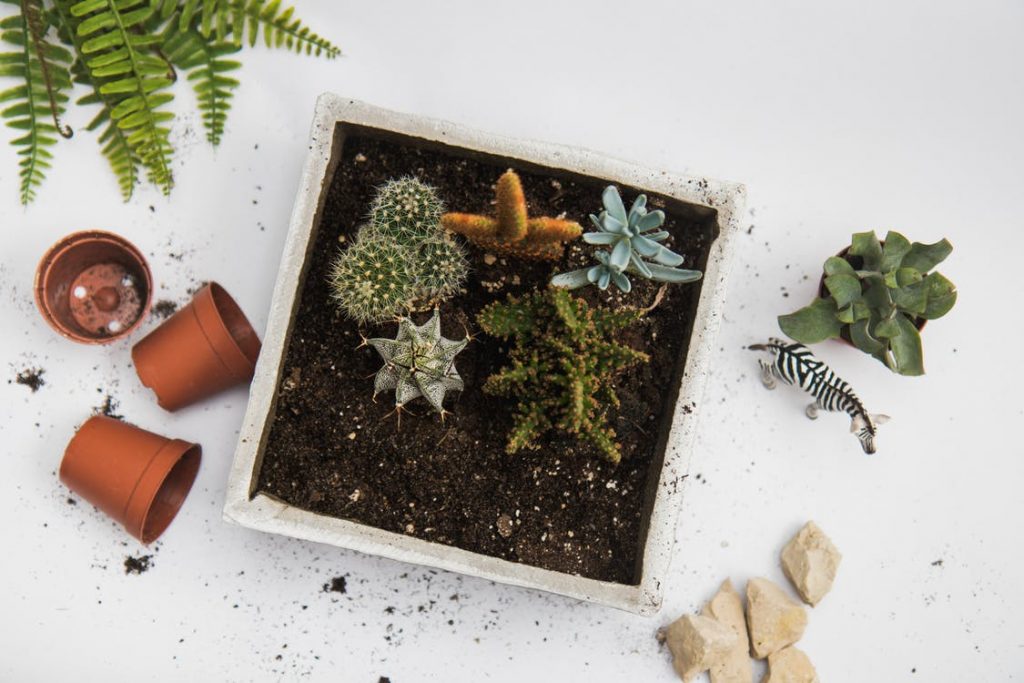
To prevent mold growth, the mix should be about 50 percent air space, so if you have a few extra tubs to fill up, set them aside until you’re ready to use them. Potting mix made at home needs to be stored in a cool area where it won’t get wet; remember that many home-made mixes include peat moss, which is difficult to dry out once it’s been wetted again.
Potting mix can be stored in an unheated garage or basement as long as it’s kept dry and away from any sources of heat or light
Treating potting mix so that it doesn’t absorb water isn’t necessary if you’re just going to be using it right away or if you’re storing it for less than 12 months. However, if you need to store potting mix for longer than one year, try treating it with a borax solution.
Mix two cups of borax with every 100 pounds of potting soil. Borax is an inexpensive and environmentally friendly insecticide and fungicide that is not harmful to plants. Stir the solution into your potting soil thoroughly and then allow the mixture to dry completely before using it.
9.Do I Need to Replace My Potting Soil Every Year?
The answers to these frequently asked questions aren’t as straightforward as yes or no.
As a general rule, you should replace your potting soil every year. The reason for this is that most of the nutrients in potting soil are used up within a year and they need to be replenished. However, there are circumstances where you can get away with keeping your old potting soil and simply adding nutrients to it.
There are factors that play a role in everything. What you’re planting, the state of the old soil, and so on are just a few items to think about. So let’s have a look and see what we can find out so you can make your own decision.
1.What Are You Planting?
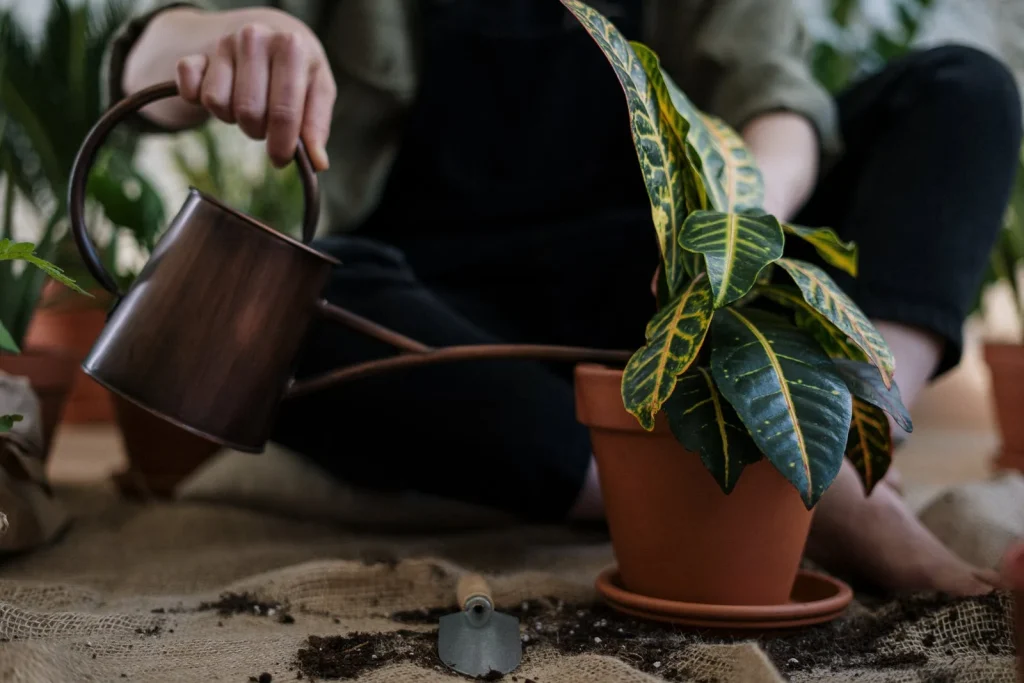
The first thing to consider when replacing your potting soil is whether you are planting annuals or perennials. Annuals are plants that last only one season, so they will require fresh potting soil every year. Perennials, on the other hand, will last for several seasons and therefore do not need replacement every year.
A second factor to consider is the type of plant you are growing. Some plants require more nutrients than others. If this is the case with your plant, you may want to consider adding fertilizer to your new potting soil mix before planting.
Finally, consider how much water your plant requires in a given period of time. If your plant requires a lot of water at once, you may find yourself having to water it more often. In this case, it may be beneficial to use a larger container or replace the soil more often so that it can retain more moisture between watering periods.
2.What Is the Condition Of The Soil?
Assume you grew an orchid the previous year. However, as time went by, you began to notice that your plant was not thriving so well. It got squishy, the soil surface developed a light coating of fuzz, and the plant eventually died.
These are all signs of nutrient deficiency, over-or under-watering, and a lack of sunlight. To summarize, the plant expired. And it may have harmed the soil’s quality if the cactus (or any plant) suffered root rot, which could have harmed the growth of anything new.
If that’s the case, toss it out and start again with some new potting soil. If there was a weird, sour odor or a white woolly layer growing on top, it was very certainly due to a plant disease. There’s not much you can do once this starts, and it will invariably result in plant death and contamination of your edibles.
10.How To Reuse Potting Soil?
Some gardeners will feel it is a waste to throw away the replaced potting soil, especially on the condition that they have paid a lot of money to get such soil. In fact, there are many ways to reuse the replaced potting soil.
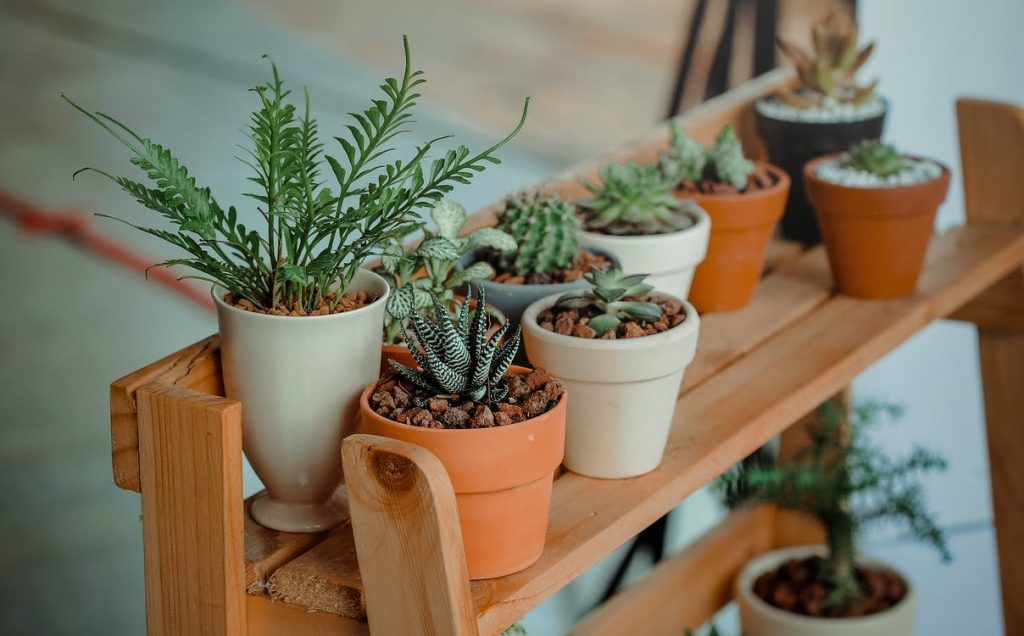
1. Use it as an inert filler in concrete when you want to make something like a stepping stone or a concrete walkway and you need something in there that is inexpensive and doesn’t deteriorate.
2. Add it to your compost heap. And then use the compost for your garden or yard. It will be good for improving soil structure and adding organic matter.
3. Mix it with sand or gravel and some water to make a good paste for making things out of newspaper or cardboard. And then use this paste on your garden path or somewhere else where you want to build something out of newspaper for strength, like making planters, seedling trays, etc.
Also, If you have an outdoor garden, whether it’s a flower bed or a vegetable patch, you can mix the old dirt in with the new stuff. It won’t hurt, and you’ll be helping out your outdoor plants in the process.
If you’re wondering what is the perfect potting soil formula for all plants in your backyard, look no further, the video below is a great takeaway!

